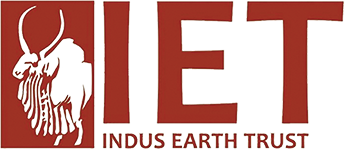Introduction
Community Mobilization area is one of the core thematic area of Indus Earth Trust. IET believes that success and sustainability of the community based initiatives depends entirely on actual spirit of community mobilization. IET’s Community mobilization program aims to engage communities for their own development through the organizing the communities includes youth, women, people with especial abilities, and minorities on common cause or challenges. Indus Earth Trust CM approach encourages communities together for socio-economic development and sustainable improvements in the quality of life.
Community mobilization increases the capacity of a community to identify and address its own needs while generating local solutions to problems. Inclusive and participatory approach will strengthens and enhances the ability of a community to work together towards a common goal.
Community Organization
Indus Earth Trust provides a structured and democratic platform for local communities by forming community and village organizations that adhere to a gender balance strategy. These organizations are in charge of assessing needs, conducting household surveys, organizing community meetings, planning village development, mobilizing resources, developing linkages, supervising projects, and ensuring sustainability of community-based or household’ interventions. Indus Earth Trust empower community leaders and members with the skills and knowledge needed to actively participate in the mobilization process.
Community Resource Person – CRP
Indus Earth Trust identifies engaged young and skilled individuals, and encourages women to serve as community resource person at the village or union council level. CRPs play a significant role in motivating community members to participate in various development activities, including community-based projects and awareness campaigns.
Objectives
- To organize the communities for their common development goal.
- Capacity Building of the community organizations and members.
- Baseline survey and poverty mapping of the project area.
- Village development planning
- Educate the communities on Environmental social management framework ESMF










